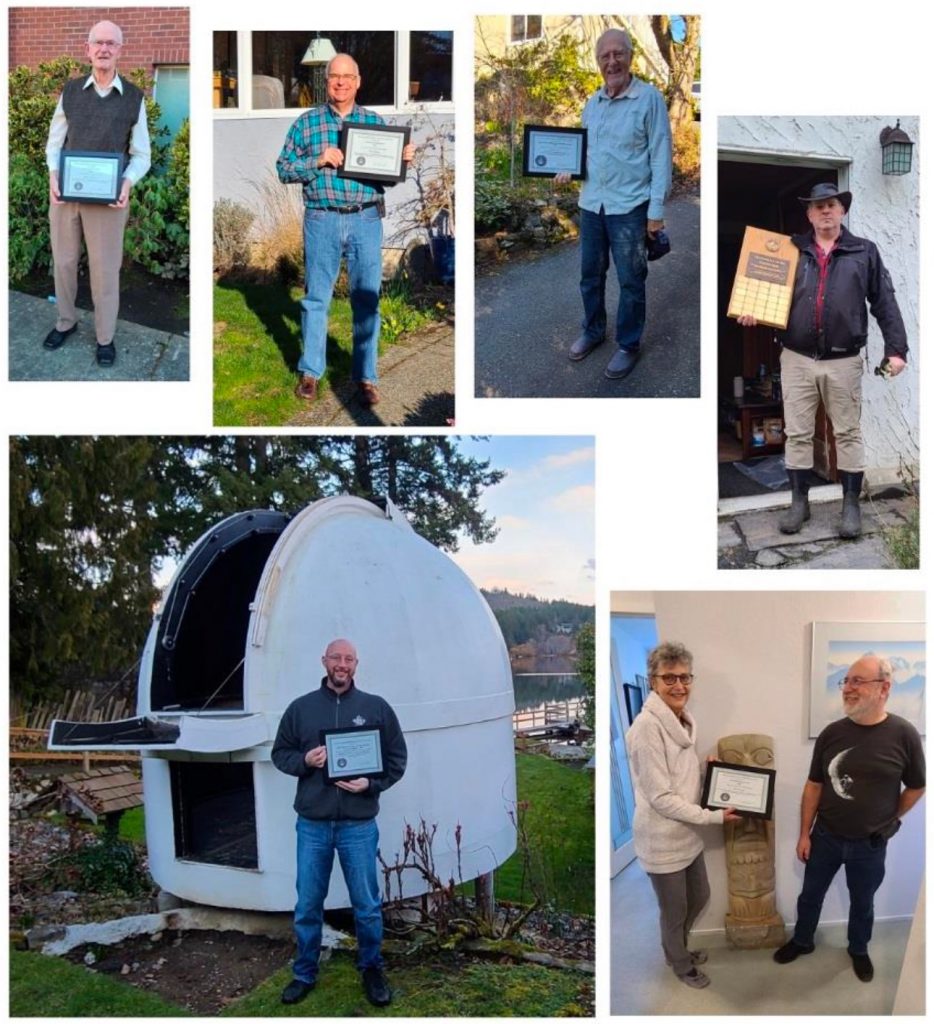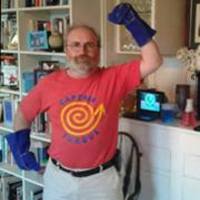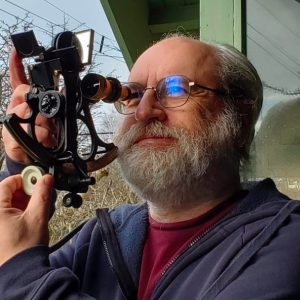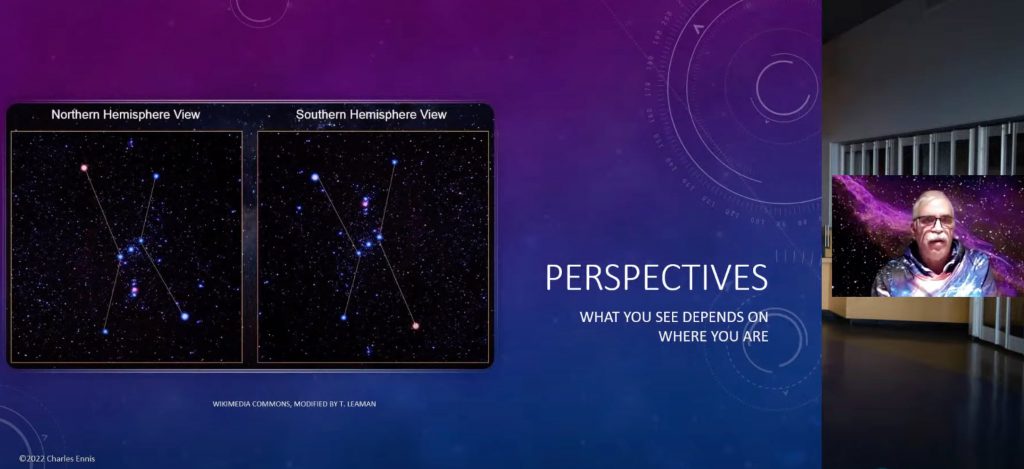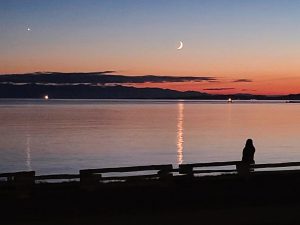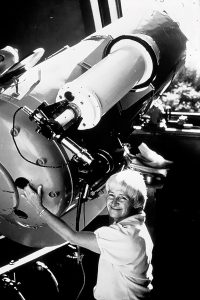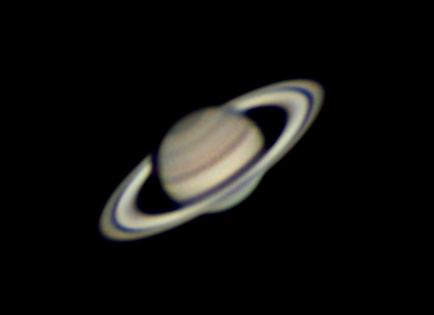Every year, the Victoria Centre of the Royal Astronomical Society of Canada sponsors two awards at the Vancouver Island Regional Science Fair. Well, not every year – we missed the last two years because of covid. This year, the Science Fair was virtual and about one quarter the size of the pre-covid event – 52 projects – with 6 assessed to be on astronomical or astronomy-adjacent themes. Many thanks to our representatives, Dorothy Paul and David Lee, for interviewing the students and arriving at their decisions. Each winner received a recognition certificate, a RASC family membership (for the student and one adult), a copy of Explore the Universe, and the offer of a classroom visit from our Schools Programs officers. We also invited the prize winners to present their projects at the Astro Café.

Grade 7 student Beata Ariana-Minniti created a very clever solar heat collector, coupled to a battery charger. Nathan Hellner-Mestelman (Grade 9) worked out the optimal orbit for cube-sats to avoid chain-reaction collisions. These students wowed us with their presentations at the Astro Café. Nathan was included in Team Vancouver Island at the Canada-Wide Science Fair and went on to win a silver medal.
As this year of Astro Cafés come to a close, we should all thank Joe Carr and Chris Purse for getting us through the fully online times and the transition to hybrid meetings. We have grown closer, despite the isolation of the last couple of years, because of their efforts. We’ll see you again at Astro Café starting in September. It is essential that we get more people to step up to help continue the Astro Café.
I want to congratulate our strong community who pulled together to put on all the facets that went into International Astronomy Day on May 7. We did not have much time to organize, as we did not even know if there would be in-person events until March. David Lee and Laurie Roche coordinated our volunteers wonderfully. There are others among you who are perfectly capable and I hope willing to take on their roles for future events. Astronomy outreach is very satisfying. Let’s share the load in making these opportunities happen.
The amateur astronomy community in Victoria is strong. Our club is extremely fortunate to have sufficient funds to make fund-raising unnecessary and sufficient volunteers to put on several high quality events. We are not lacking a strong Board and Council. Nevertheless, some members are not joining in, I think because they have not imagined that their contribution would be valuable and fun. Let me assure you that indeed you will get more out of such volunteerism than you put in.
Look Up,
Randy Enkin (email)
